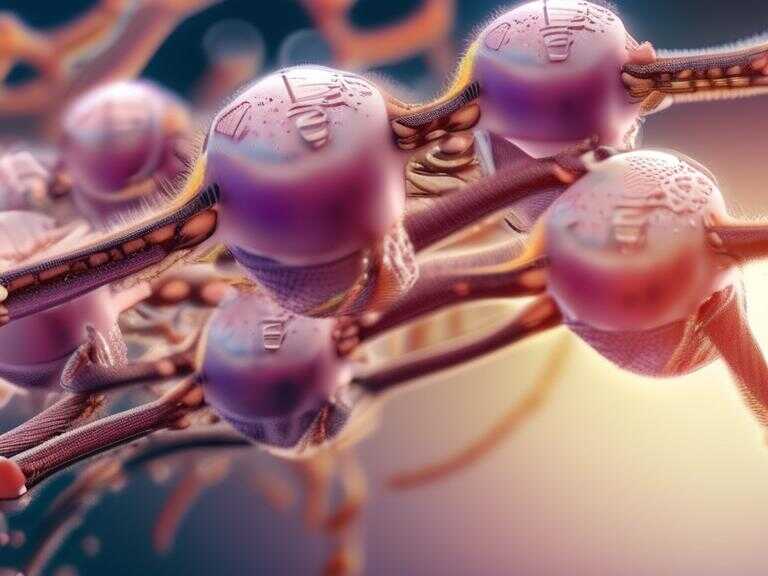
UT Southwestern Discovers Master Switch for Neurodegenerative Diseases
UT Southwestern scientists discovered that the GADD45G protein controls reactive gliosis, a process implicated in neurodegenerative diseases like Alzheimer's.

The intricate workings of the human brain have long fascinated scientists, with researchers continually striving to unravel the complexities of neurodegenerative diseases. A recent breakthrough at UT Southwestern Medical Center sheds light on a crucial protein that may hold the key to understanding and potentially treating these debilitating conditions. The study, published in Neuron, focuses on reactive gliosis, a prominent feature of many neurodegenerative diseases, and its impact on neuronal health.
Unveiling the Master Regulator
Reactive gliosis is a complex process where non-neuronal cells in the central nervous system, known as glia, respond to stress or injury by proliferating and altering their function. While this response initially serves a protective purpose, aiding in tissue repair and limiting damage, it can also become maladaptive, contributing to the progression of neurodegenerative diseases. Protein control plays a pivotal role in regulating this delicate balance.
The research team, led by Dr. Chun-Li Zhang, identified a gene called Gadd45g that appears to act as a master switch for reactive gliosis. Their investigations revealed that Gadd45g significantly increased its activity in response to inflammation, suggesting its involvement in orchestrating the glial response. Furthermore, when astrocytes—a type of glial cell—were engineered to overproduce the protein encoded by Gadd45g, it triggered reactive gliosis not only in those cells but also in nearby unmodified cells.
These findings indicated that astrocytes release chemical signals to induce reactive gliosis in other cell types, a phenomenon confirmed through experiments involving genetically modified astrocytes and neurons. The results demonstrated that reactive gliosis, prompted by astrocytes, led to a decrease in neuronal synapses and triggered inflammation, highlighting the detrimental effects of this process on neuronal health.
Linking Gadd45g to Neurodegenerative Diseases
The researchers delved deeper into the role of Gadd45g by examining its activity in a mouse model of severe Alzheimer's disease. They found elevated levels of Gadd45g in the brains of these mice, supporting the notion that this gene contributes to the reactive gliosis associated with Alzheimer's. Analyzing gene activity in human patients with Alzheimer's confirmed this upregulation of Gadd45g in affected individuals.
To further explore the connection between Gadd45g and neurodegeneration, the team genetically modified the Alzheimer's model to produce more GADD45G. This resulted in a dramatic worsening of disease symptoms, with the brains accumulating twice the amount of pathological amyloid-beta protein and exhibiting significantly increased inflammation at an earlier age.
Share news















